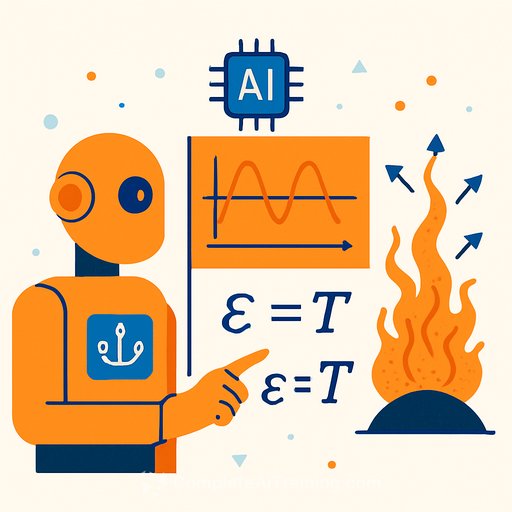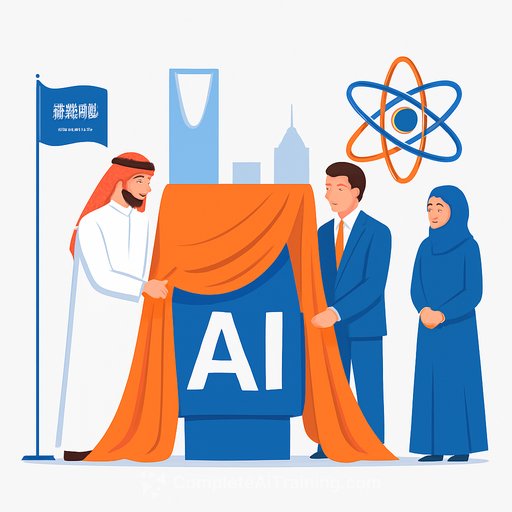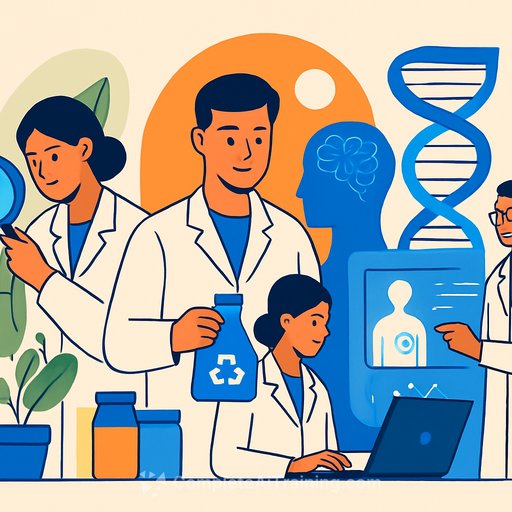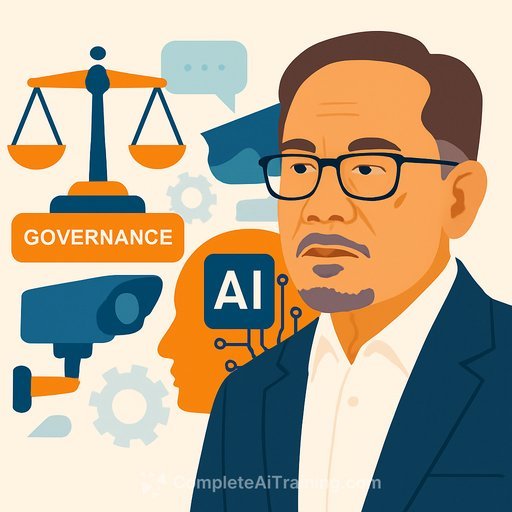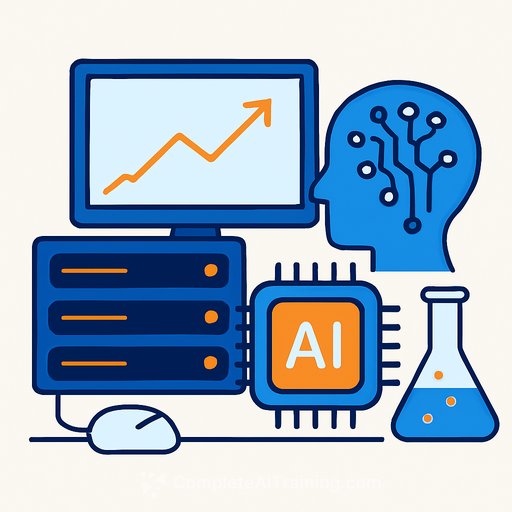AI Uncovers New Laws in Plasma Physics
Scientists at Emory University have developed a custom AI neural network that challenges long-standing assumptions in plasma physics. This AI system analyzed experimental data from dusty plasma—a hot, electrically charged gas containing tiny dust particles—and identified new, more accurate descriptions of particle interactions.
Unlike conventional AI applications that focus on predicting outcomes or cleaning data, this neural network was trained specifically to discover physical laws. The result? It corrected errors in plasma theory that had persisted for years, including misconceptions about a particle’s electric charge.
How the AI Approach Differs
Traditional AI models often act as black boxes, offering predictions without clear explanations. In this case, the Emory team designed a transparent framework, allowing researchers to understand how the AI arrived at its conclusions. This clarity is crucial for scientific validation and further exploration.
The AI’s success in describing forces in a chaotic system like dusty plasma paves the way for studying other complex many-particle systems. These include everything from cellular biology to industrial materials, where interactions are difficult to model with existing theories.
Implications for Research and Industry
- Correcting faulty assumptions in plasma physics could improve our ability to control plasma in applications such as fusion energy and space science.
- The AI framework offers a universal tool for analyzing many-body systems, potentially accelerating discoveries across disciplines.
- Understanding these intricate interactions enables better design and optimization of materials and processes in industrial settings.
"Our AI method is not a black box: we understand how and why it works. The framework it provides is also universal. It could potentially be applied to other many-body systems to open new routes to discovery," said Justin Burton, one of the study authors and a professor at Emory University.
This advancement demonstrates that AI can move beyond data processing to become a valuable partner in formulating new scientific laws. Researchers and professionals in science and research fields may find this approach instrumental in tackling complex systems in their own work.
Your membership also unlocks:

